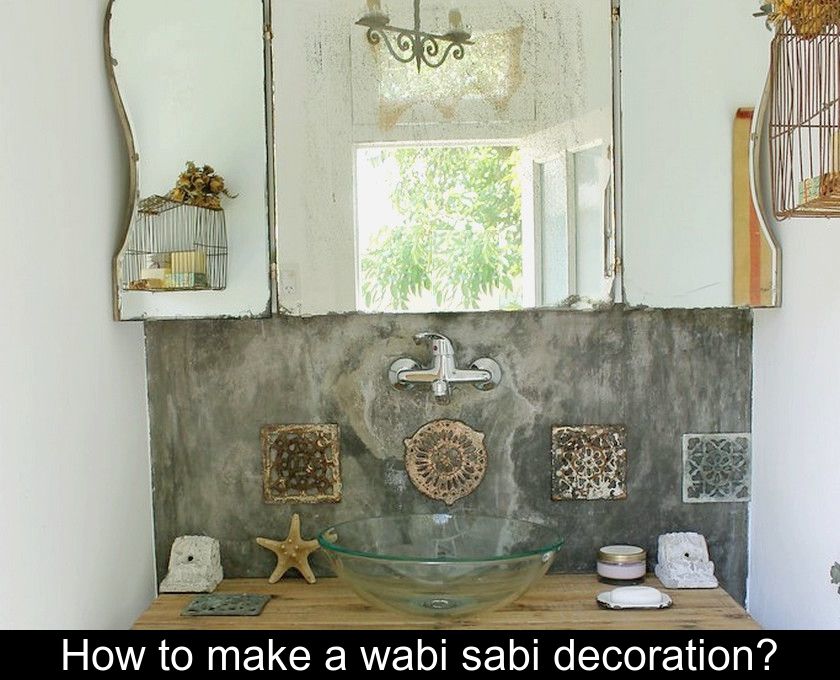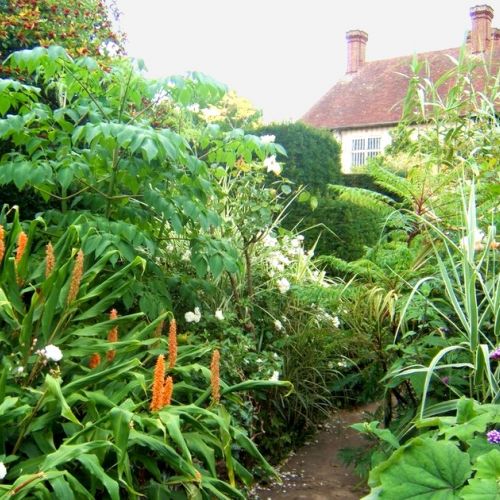How To Make A Wabi Sabi Decoration?
If you are an expert in Japanese culture, you may already know about the concept of wabi-sabi... This notion, which highlights the beauty of imperfect things, has long since crossed the borders of Japan to inspire designers and interior decorators around the world. We offer you the opportunity to discover how to create a wabi-sabi decoration at home.
"What is the concept of wabi sabi?"
Wabi-sabi can be defined as the art of appreciating imperfection and even highlighting it. This concept, which comes from Japan, is more than just a decorating style, it's a true philosophy and even a way of life!
This Japanese philosophy derived from Buddhism values the notions of simplicity, humility (wabi), and imperfections due to the patina of time (sabi).
Just as feng shui from China can help you arrange your home in a harmonious way, this other philosophy from the East is a precious source of inspiration for decluttering rooms and simplifying your interior decoration.
How to create a wabi sabi decoration at home?
Simplicity being one of the founding principles of wabi-sabi philosophy, the first step to adopting this decorative style in your home is to tidy up and do a major decluttering of your possessions.
According to wabi-sabi precepts, your decor should focus on the essentials and give space its due. So, if you're ready to do a big spring cleaning at home, take advantage of it to adopt this decorative style!
During your major decluttering, keep only useful and durable furniture and objects. But above all, don't throw away those that are old and chipped! Wabi-sabi also highlights the beauty of objects that have lived and are weathered by time.
In this aesthetic, objects are handcrafted, made of rough natural materials, with imprecise or asymmetrical shapes. The charm of this decoration lies in the minimalism of the decor and the imperfection of handmade objects.
Where to find wabi-sabi objects?
The wabi-sabi decorating style highlights furniture and objects that come from craftsmanship. You should prioritize objects designed to last and that bear the marks of the passage of time.
According to this philosophy, chipped or repaired objects do not deserve to end up in the trash but have their place in your interior decoration. So, if you want to adopt this decorative style at home, avoid buying new furniture and objects, but rather go hunting for objects in flea markets and craft fairs!
When shopping at these types of flea markets, prioritize objects made of raw materials such as wood, bamboo, and stone as well as natural fibers such as linen, wool, and cotton.
Regarding the choice of colors, this decorative style favors neutral and soft colors evoking natural elements such as earth and water. You can then add touches of darker colors, such as black, brown, or olive green, to create contrast without detracting from the natural and refined atmosphere of the whole.
Why choose the wabi-sabi style at home?
Wabi sabi is a calming style of decoration that will encourage you to slow down and enjoy the simple things in life. This evocation of nature and the passage of time is a great way to create an authentic atmosphere that rests both the eyes and the mind, often overwhelmed by screens and the demands of the modern world.
This aesthetic from Japan is not yet very well known in France, but it is promising a bright future as it meets the aspirations of city dwellers who wish to create a zen and natural bubble.
Not only is this style of decoration very calming and without artifice, but it is also economical and ecological. It highlights second-hand furniture and objects that are more durable and respectful of the environment.
In short, wabi-sabi is a good option for furnishing cheaply and creating a decoration with reduced environmental impact, based on recovered and/or recycled objects.









